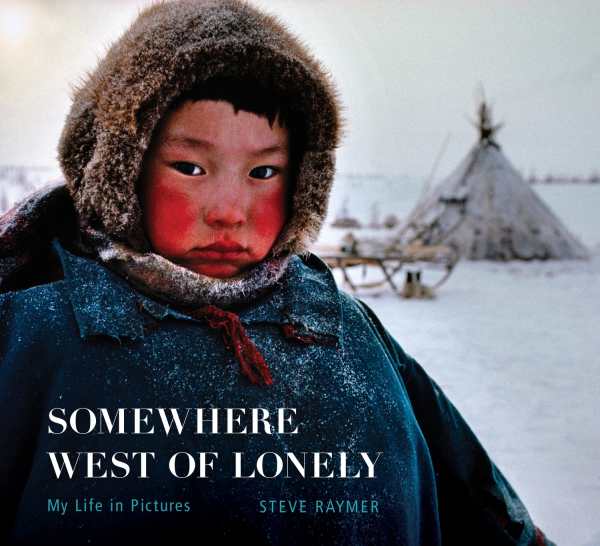Somewhere West of Lonely
My Life in Pictures
- 2018 INDIES Finalist
- Finalist, Photography (Adult Nonfiction)
In Somewhere West of Lonely, Steve Raymer reports on a world most of us will never see: the varied, complicated, and quixotic terrain of his own life as a National Geographic photojournalist.
Beginning in the mid-1970s and ending in the 1990s, Raymer’s relationship with National Geographic twinned the dual imperatives of the adventure tale and a personal perspective to inform the lens. Because of Raymer’s unique, privileged position, his reflections also carry substantial historical and cultural baggage, for better and for worse.
In a retrospective spanning five decades, Raymer pairs the most significant images from five career periods with a insider’s view of photojournalism during its heyday. Much that’s been codified since Raymer’s time in the field began as an intimate cadre’s personal experience, as evidenced in the emphasis on larger-than-life personalities—in front of and behind the lens. But Raymer also brings to light the implied requirements for exogenous survival training, issues with PTSD, and minimal support networks that were—and continue to be—the shadow side to an increasingly decentralized, privatized public service job.
Somewhere West of Lonely is occasionally tone deaf in its explication of the photojournalist’s role. Raymer’s career took place during photojournalism’s golden age, a period rife with colonialism’s vestiges. While Raymer addresses the socio-cultural and ethical implications of the Western gaze, too often, a generalized critique is paired with a personal exemption, brushing aside uncomfortable implications about his own twentieth-century lens.
Raymer’s career is equal parts genesis, zenith, and finale in photojournalism’s apex. In looking back, he pronounces his photographs more than just images. They’re events that achieved importance because they were documented and disseminated for public consumption. The photojournalist captures and makes relevant the lives of ordinary people, becoming a “voice for the voiceless.” Somewhere West of Lonely strives to interpolate that perspective into the present through anecdotes, analysis, and personal axioms.
Reviewed by
Letitia Montgomery-Rodgers
Disclosure: This article is not an endorsement, but a review. The publisher of this book provided free copies of the book to have their book reviewed by a professional reviewer. No fee was paid by the publisher for this review. Foreword Reviews only recommends books that we love. Foreword Magazine, Inc. is disclosing this in accordance with the Federal Trade Commission’s 16 CFR, Part 255.


